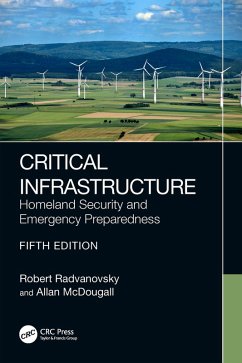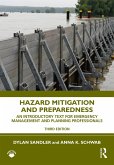It is with this backdrop and understanding of the domain that the authors not only describe the current state of affairs, but also provide a means through which researchers and participants - such as practitioners, students, industry stakeholders, owners, and operators in various government and private CI sectors - can look at trends and changes the in the domain that may not be apparent elsewhere.
The authors identify shifts in today's environment that move the thinking away from simply the robustness of systems to their adaptability and resilience. They outline design processes that, likewise, are evolving away from the simple adoption of best practices to risk-based management and even towards structures based on engineering-driven principles. These changes are not occurring at a unified pace and the differences can result in tensions between certain communities. However, the debate itself is indicative of the critical thinking that is beginning to take hold within each infrastructure domain.
Critical Infrastructure, Fifth Edition continues to critically examine the evolving importance of our critical infrastructure to our society - recognizing the underpinning value of cyber technology and how physical infrastructures and delivery models impact and affect people and society.
Dieser Download kann aus rechtlichen Gründen nur mit Rechnungsadresse in A, B, BG, CY, CZ, D, DK, EW, E, FIN, F, GR, HR, H, IRL, I, LT, L, LR, M, NL, PL, P, R, S, SLO, SK ausgeliefert werden.









